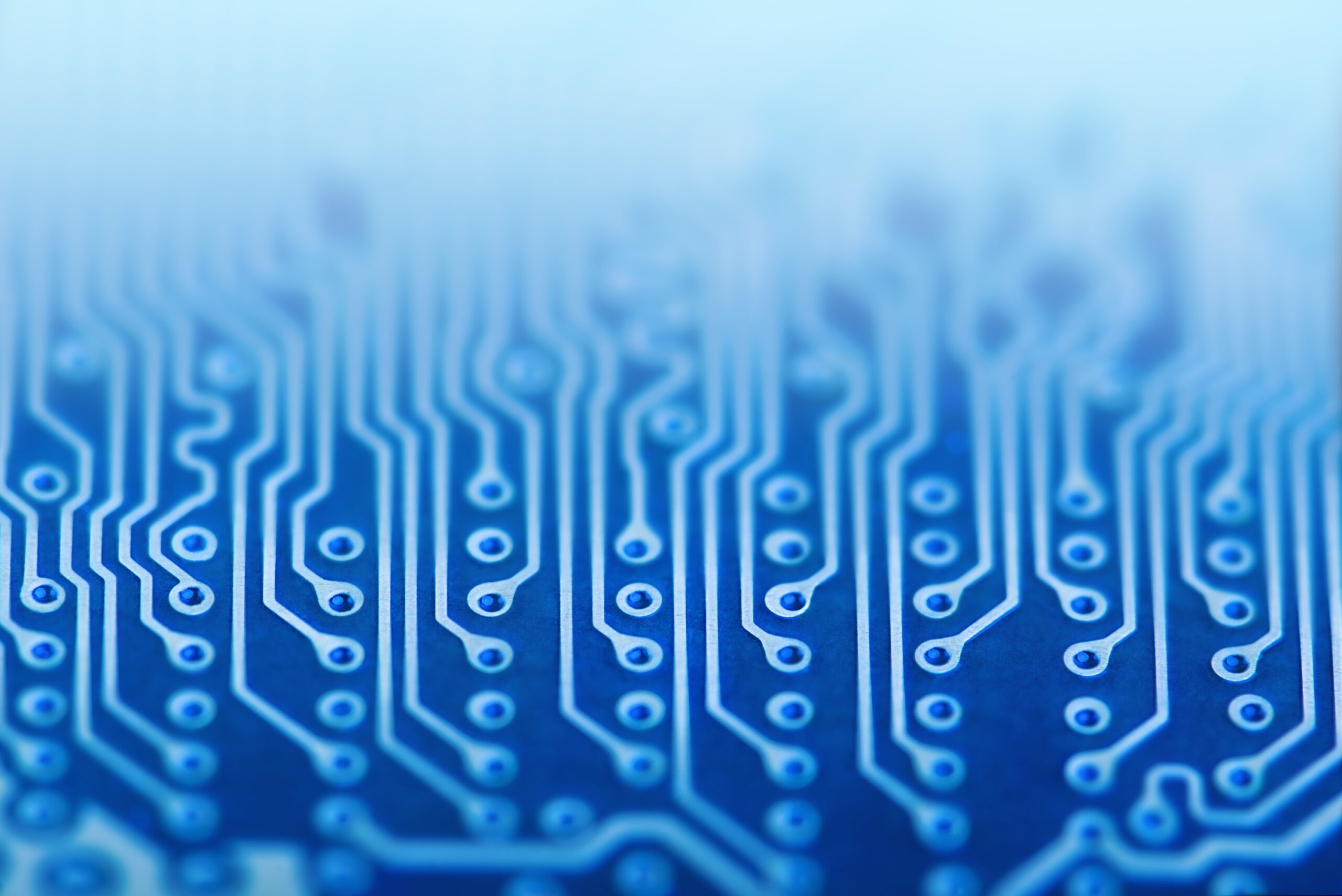Digital
Understanding Digital Circuits: Differences from Analog Circuits
Digital circuits and analog circuits are two fundamental types of electronic circuits with distinct characteristics and applications. While analog circuits process continuous signals, digital circuits handle discrete signals represented by binary digits. This article aims to provide an overview of digital circuits, highlighting their differences from analog circuits and explaining their significance in modern technology.
- Digital Circuits
An Overview Digital circuits are electronic circuits that operate on digital signals, which are discrete in nature and represented by binary values: 0 and 1. These circuits use logic gates, flip-flops, registers, and other digital components to process and manipulate binary data. Digital circuits form the basis of various digital devices, including computers, smartphones, microcontrollers, and digital signal processors. - Binary Representation
In digital circuits, information is encoded using binary digits or bits. Each bit represents a logical state: 0 (low voltage) or 1 (high voltage). These bits can be combined to represent more complex data structures, such as numbers, characters, or instructions. The binary representation enables efficient storage, processing, and transmission of information in digital systems. - Signal Representation
Analog circuits process continuous signals that vary smoothly over time. In contrast, digital circuits process discrete signals with specific voltage levels that represent binary digits. Digital signals are immune to noise and degradation during transmission, ensuring robust and reliable communication within the circuit. - Logic Operations
Digital circuits perform logic operations, such as AND, OR, NOT, and XOR, using logic gates. These gates combine binary inputs according to predefined rules to produce desired binary outputs. The output of a logic gate is determined by the binary states of its inputs, allowing for precise control of logical conditions and decision-making within the circuit. - Signal Quantization
Analog circuits utilize continuous voltage levels, allowing for infinite resolution in signal representation. Digital circuits, however, quantize signals into discrete levels, resulting in finite resolution. This quantization introduces quantization error, which can impact the accuracy of digital systems, particularly in applications requiring high precision, such as audio processing or scientific measurements. - Memory and Storage
Digital circuits can store and manipulate large amounts of data in digital memory, such as RAM (Random Access Memory) or non-volatile memory (e.g., Flash memory). This capability enables the storage and retrieval of complex information and the execution of sophisticated algorithms. Analog circuits, on the other hand, lack this inherent ability to store and process digital data. - Programmability and Flexibility
Digital circuits offer a high degree of programmability and flexibility. By altering the configuration of logic gates and interconnections, digital circuits can be reprogrammed to perform different tasks. This attribute makes digital circuits adaptable, allowing for software-defined functionality and the implementation of complex algorithms and protocols. - Advantages of Digital Circuits
Digital circuits have several advantages over analog circuits:
- Noise immunity: Digital signals are less susceptible to noise and interference, ensuring robust communication and reliable operation.
- Reproducibility: Digital circuits offer consistent and repeatable performance, as digital signals are not affected by component variations or environmental conditions.
- Error detection and correction: Digital circuits can incorporate error detection and correction mechanisms, enhancing data integrity and reliability.
- Integration: Digital circuits can be integrated into complex systems, allowing for the creation of powerful and compact devices with diverse functionality.
Digital circuits revolutionized the field of electronics, providing efficient and reliable processing of discrete signals in modern technology. Their distinct characteristics, such as discrete signal representation, logic operations, quantization, memory capabilities, and programmability, differentiate them from analog circuits. Understanding the differences between digital and analog circuits is crucial for designing and developing electronic systems that meet the specific requirements of various applications in today’s digital age.

